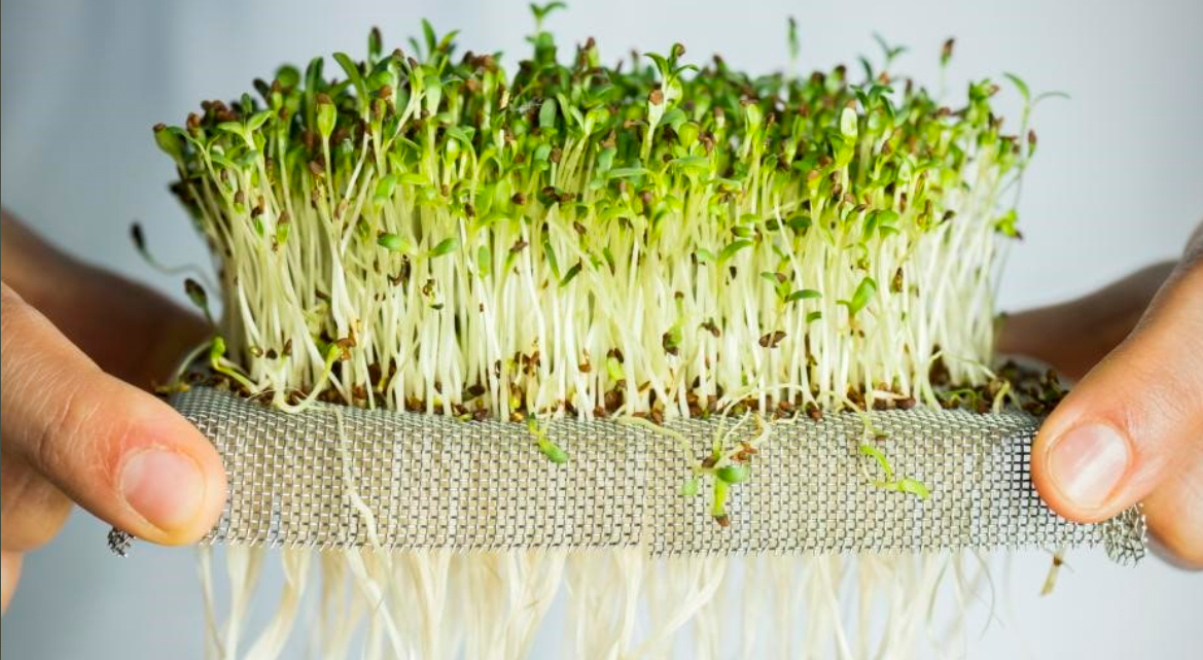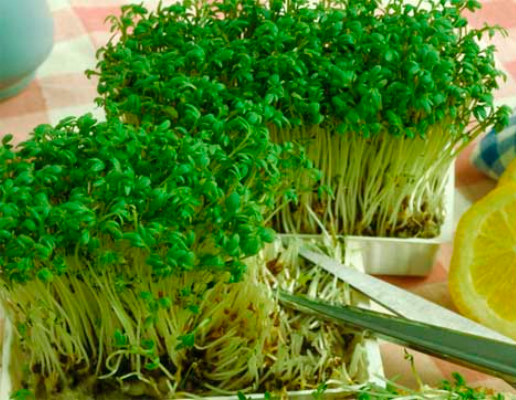Блог

Watercress at home
Watercress today is popular not only because of its interesting appearance – it is very easy to grow. In addition, gourmets love this green because of its interesting and unusual taste with a slight bitterness.
Care: planting, watering, fertilizers
Watercress can be grown all year round – and for this it will be enough to sow the seeds on a damp cloth.
Usually, the seeds are sown thickly in a shallow container, lightly sprinkled with earth and pressed down. Already in two weeks, you can cut the first harvest with scissors. The plants do not regenerate, but as they are cut, the green seeds are sown again.
Seedlings for salad can be obtained more easily and quickly. Seeds are poured onto wet filter paper or gauze. On the third to sixth day, the product can be added to meals.
Watercress care is minimal: providing good lighting, without additional lighting, and maintaining a temperature of +20°C. Watering is frequent and abundant in hot, dry weather, otherwise the flower-bearing stem will quickly form, the leaves will become smaller and coarser.
The Watercress requires feeding, because the growing season of watercress is short. Urea or other complex mineral fertilizer is used for this purpose.
The most greenery can be obtained in August – from 200 to 500 g per square.
Cutting rules
The first harvest after sowing can be cut already in the 2nd week, when the plant reaches 10-12 cm in height. Cut bushes are better to use immediately, because after a day they already lose their appearance and begin to wither. Therefore, watercress should be consumed as much as needed at a time.
You can cut tender stems with ordinary scissors. The lower leaves can be left, they are practically tasteless and have a coarser texture.
Growing watercress is simple – it can be done even on the windowsill at home. This “vitamin bomb” will not only add aesthetics to the dish, but also it is pleasant to see a green island on your plate. Just remember that excessive consumption of this green can lead to headaches and insomnia, so experts recommend consuming no more than 15 g per day.



